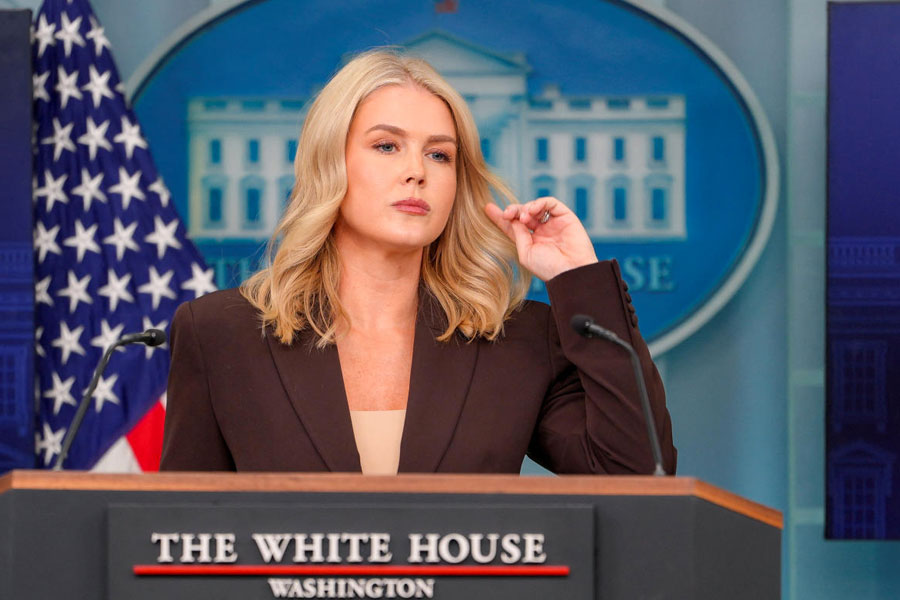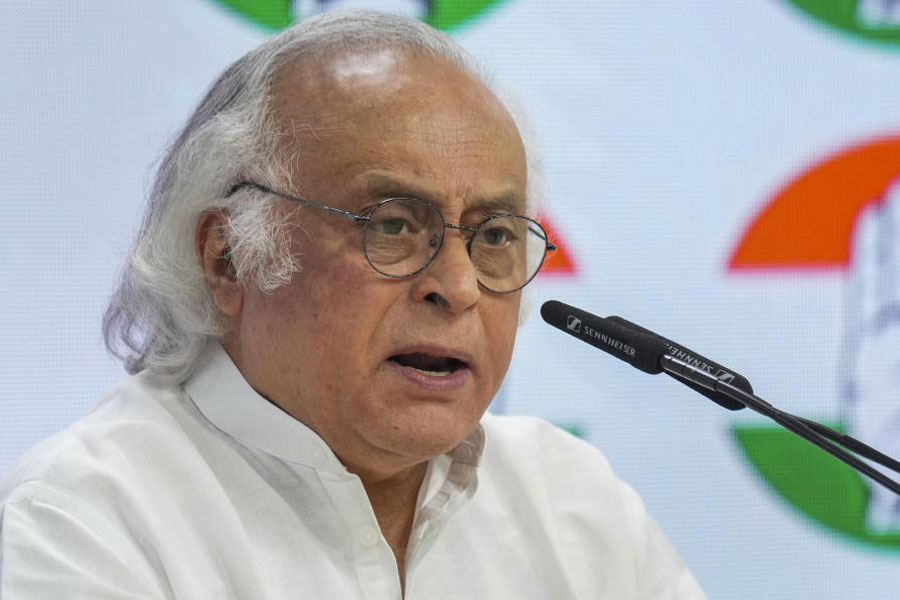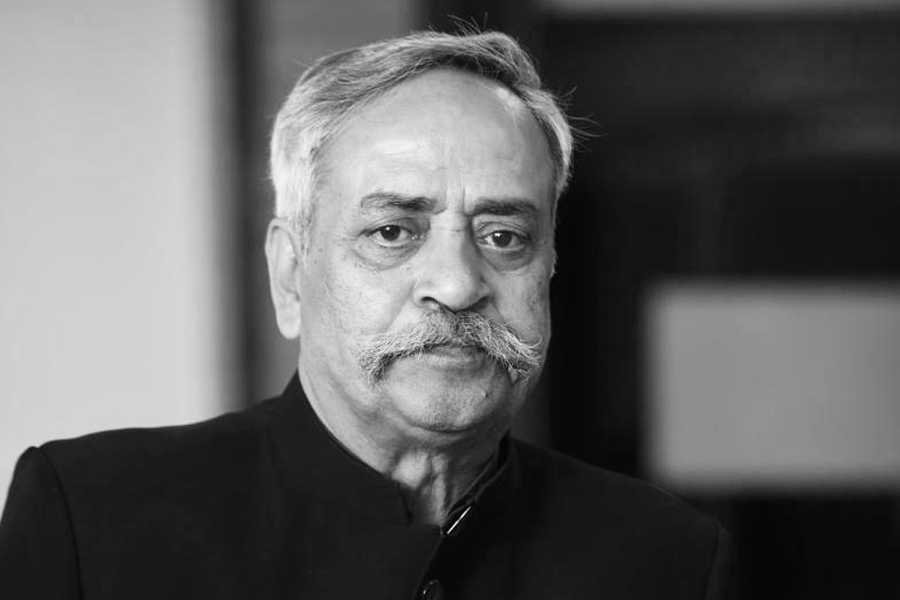 |
The only tragedy at the recently held tasting of top Bordeaux wines was that to finish what was poured into the glass would have resulted in an unacceptable amount of inebriation for a Friday afternoon. Just the thought of sampling about 40 wines from over 30 Bordeaux chateaux at the chic Oberoi in Gurgaon was enough to make the head spin, and so it was imperative to make judicious use of the buckets that dotted the venue to reluctantly decant all but a sip of each.
The occasion for so much temptation was a tasting organised by the Union des Grand Crus de Bordeaux (UGCB), a private association of some of the world’s finest winemakers from the Bordeaux region of France. The body came to India — Delhi and Mumbai — for the first time last week to mingle with their clientele and better understand the market, bringing along with it names like Margaux, Pomerol, Sauternes; big, elegant, structured reds and proud, crisp whites.
The vintage was the 2009, heralded as one of the finest in recent memory. Some of the winemakers say it might be the very finest — except for the 2010, which could be as good, or better. The weather around the world might be wreaking havoc of all kinds, but in this part of France, and for the rest of the world that cherishes the fruits of its labour, it has been a gift.
Many of the wines at the tasting had already been sold out. But sales were not really the point of the event, anyway. Bordeaux wines are not sold by the winemakers directly: all members of the UGCB sell to merchants who then sell to the local and global markets. The wines are sold even before they leave the barrel; in futures. This leaves the chateaux to do what they do best — make wines — while the job of marketing is handled by professionals. Trips like this one to India are made by winery owners and top executives to increase awareness of the brands and the wines, and thereby to increase demand — and appreciation.
The Indian market is a tough bottle to uncork, but the most sought after names in the wine world are showing interest in it. Over 30 of the 133 chateaux that are members of the body made the trip from Bordeaux this time. Though some of the wines are available in the market already, the numbers currently belie the prospects. “India is not even among the top 20 wine export regions for Bordeaux,” said Sylvie Cazes, president of the UGCB. “It is a difficult market, but we believe in its potential.”
The UGCB has encountered similar challenges elsewhere in Asia. They first ventured into Asia through Japan, and realised that an organised approach was necessary if they wanted their wines to be available in foreign cultures. The road to success in China — which is now the fifth biggest wine market in the world, and where Bordeaux are especially sought after — was also fraught with difficulty, with prohibitive taxes and a market unfamiliar with the product. When the UGCB first ventured into the mainland, conditions were as tricky as in India now. Then, once the government realised that increasing availability of top world wines would lead to a more prosperous domestic wine industry, and not a poorer one, it adjusted its policies, leading to a winemaking boom. China has also in a few short years emerged as a crucial market for Bordeaux.
Now, the body is upbeat about India. “We are very happy with the response to the exhibition, and we would like to come every year or every other year,” said Sylvie, who also feels that an appreciation for the relative health benefits of wines over spirits should lead to the Indian consumer abandoning — at least sometimes — its precious whisky and vodka for a glass — or two — of white or red. And if it be from Bordeaux, so much the better.
It’s been six months since wines from Bordeaux, the pride and joy of France, arrived in Calcutta. Andre Lurton, one of the largest bottled wine producers, with a bottle sold in the world “every 15 seconds”, stocks six of its 35 wines in the city.
“In Calcutta as well as Bombay, Chateau Goumin is doing really well as it’s one of the really well-priced Bordeaux wines. Chateau Bonnet white is the other wine that is doing well at the modern retail outlets like Spencer’s and C3,” says Kadambari Kapoor, founder and MD of Gusto Imports. Gusto is currently providing four Bordeaux varietals to retailers (including Spencer’s and B. Sorabjee, next to Kala Mandir ).
 |
At a tasting session last week at Taj Bengal by Laurent Belisaire, export manager, Andre Lurton, wine was the spirited subject. Asked how the subtle flavours of French wine would find expression with the robust cuisines of India, Andre was concerned but not worried. “It’s true that red wines do not go with spicy food. But most of these wines can be had as an aperitif. And that culture is quite popular here — where one only drinks wine with a few light starters perhaps, but not really as a combination,” said Laurent.
Chateau Goumin, which Laurent describes as a “good introduction to Bordeaux” wines, is priced at Rs 949.
Chateau Bonnet’s red and white forms the heart of Andre Lurton, as the 88-year-old winemaker (Andre Lurton himself) was born and still resides in the chateaux. Chateau Bonnet’s white, the Entre Deux Mers, is a crisp white wine that can compete with new world wines. “Normally whenever people say Bordeaux, people think old and dusty aged wines. This proves that we too can make modern wines,” said Laurent. Both the white Entre Deux Mers and the red Bordeax 2008 are priced at Rs 1,549.
The third label, Labastide Dauzac Margaux 2006, is a premiere red wine that can be consumed currently or aged and is priced at Rs 3,499. The two other labels supplied by the Gusto stable are Chateau Dauzac and the Chateau La Louviere, with the former already available at premium hotels in the city. La Louviere will be available July onwards.










